Cracking the code to smoother takeoffs
My Role:
Design, Research, and Strategy
Focus
Experience Design, Service and Process Design, Product Design, Accessibility Design, Systems Design, Social Design, Prototyping
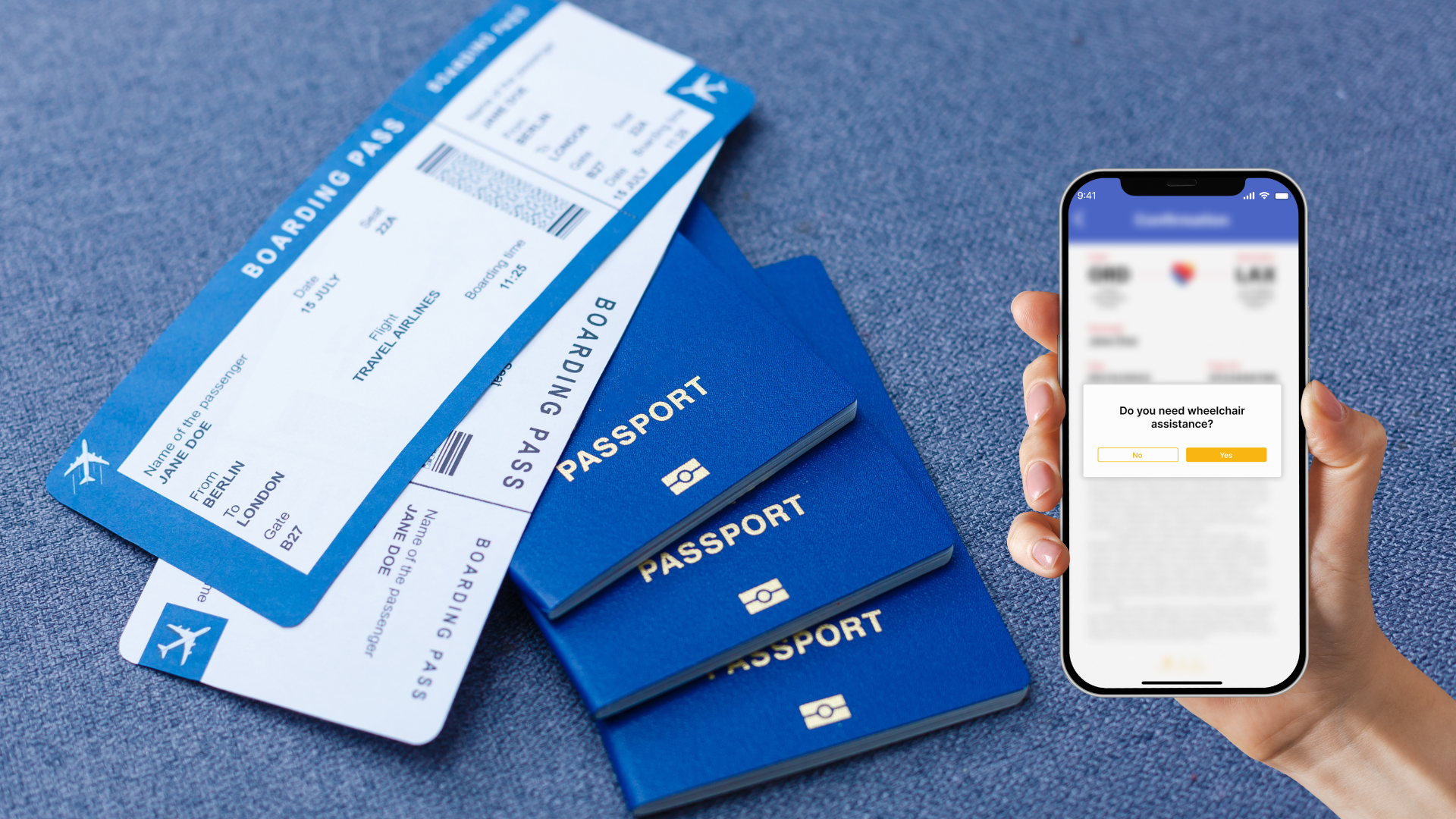
The busy airport landscape
Airports are often bustling hubs of activity, where delays are frequent. For airlines like Southwest Airlines, these delays frustrate passengers and lead to significant financial losses. Recognizing the need for improvement, Southwest has turned its attention to optimizing its processes, particularly for passengers with reduced mobility (PRM).
Bottlenecks in boarding
Southwest Airlines identified the boarding process for passengers requiring wheelchair assistance as a primary source of delays. The unpredictability of how many passengers will need wheelchairs complicates the process, placing additional strain on staff during busy flights. With 75% of wheelchair users needing assistance primarily for navigating long distances within airports, it became clear that this area required urgent attention to enhance efficiency and customer satisfaction.
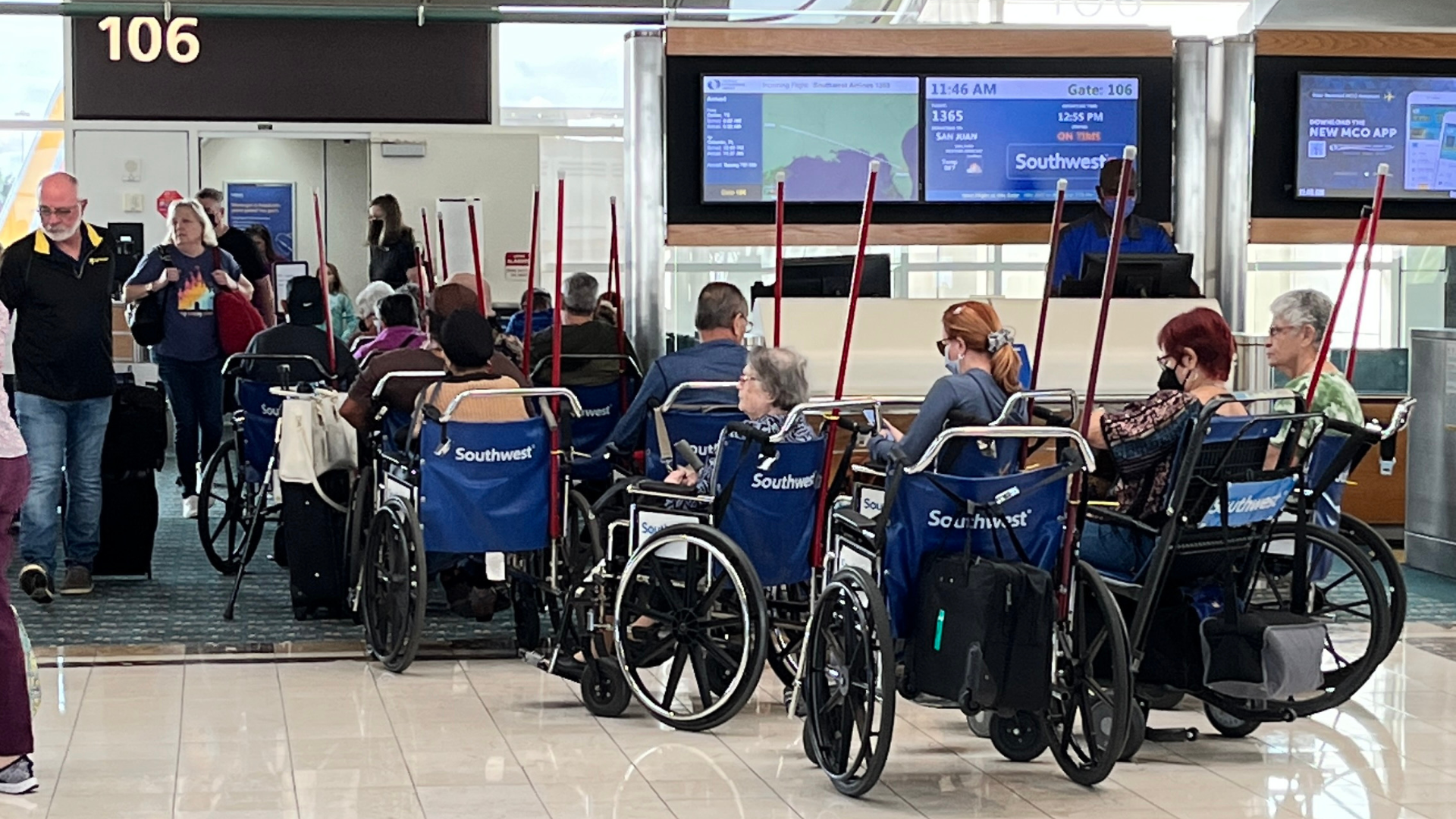
Wheelchair passengers waiting in the boarding queue
Understanding stakeholder needs
In-depth research highlighted several pain points:
- Wheelchair passengers often feel overlooked and powerless during boarding.
- Employees are frequently stretched thin, with insufficient staff to meet PRM needs.
- Southwest's goals are to reduce turn times and improve customer satisfaction.
The insights indicated a pressing need for a solution that streamlines the boarding process without requiring significant changes to existing airport operations.
Introducing semi-autonomous wheelchairs
The proposed solution involves the implementation of semi-autonomous wheelchairs designed to enhance the boarding experience:
- These wheelchairs can navigate the airport using a pre-determined mapping system.
- Passengers can customize their journey through an interface on the armrest and have the option for manual control via a joystick.
- The wheelchairs can autonomously traverse down jet bridges and return to a docking station after dropping off passengers.
- An integrated app feature encourages booking wheelchair services in advance, allowing Southwest to better prepare for passenger needs.
Experience the journey from the passenger’s view with effortless independence and smooth travel.
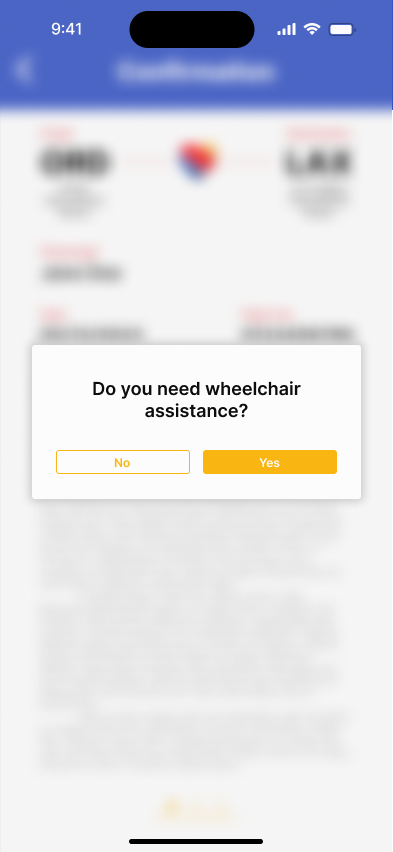
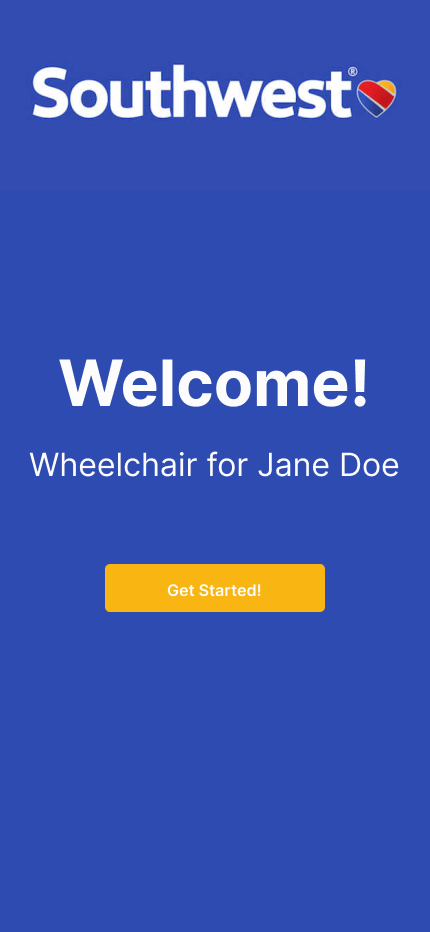
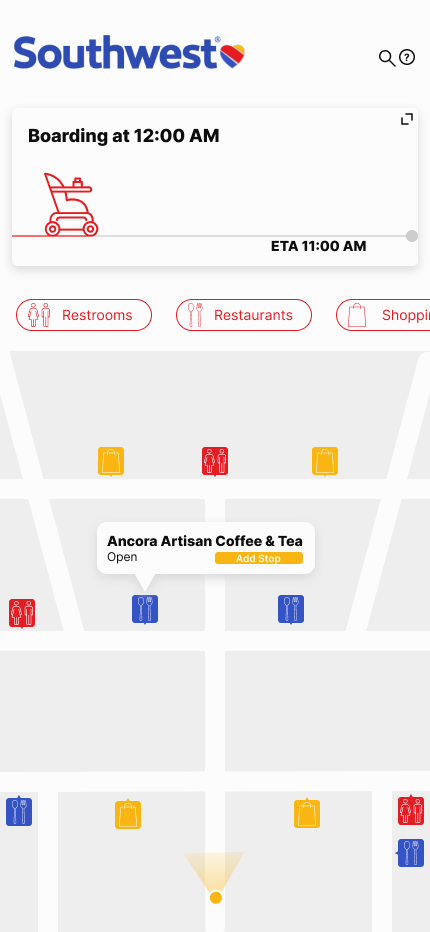
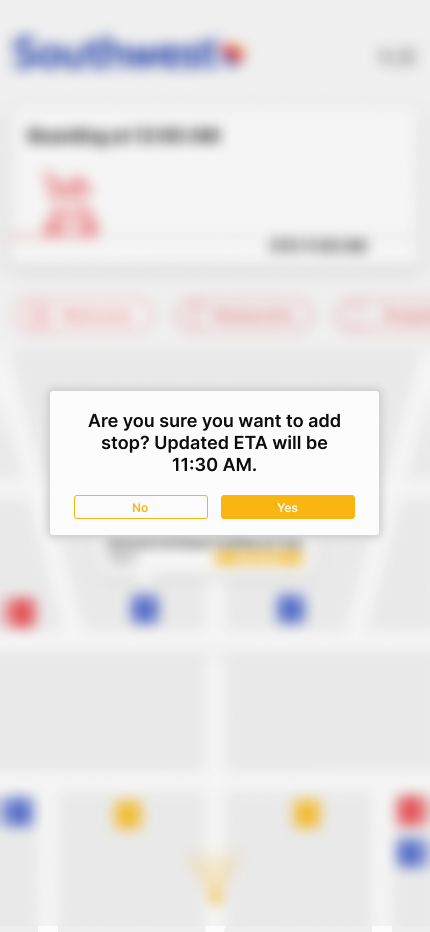

A PRM's journey from booking wheelchair assistance to boarding, with customizable options
Enhanced accessibility and efficiency
The introduction of semi-autonomous wheelchairs has the potential to improve the travel experience for passengers with reduced mobility significantly:
- By addressing long wait times, which is cited as a top complaint by 58% of wheelchair users, Southwest can enhance customer satisfaction.
- The solution not only improves efficiency in mobility assistance but also alleviates pressure on staff during busy periods.
- As the demand for wheelchair assistance continues to grow, this innovation positions Southwest Airlines as a leader in accessible travel, ensuring that it meets the evolving needs of its customers.
With thoughtful design and a focus on stakeholder needs, Southwest Airlines is taking steps toward transforming its boarding process for passengers with reduced mobility